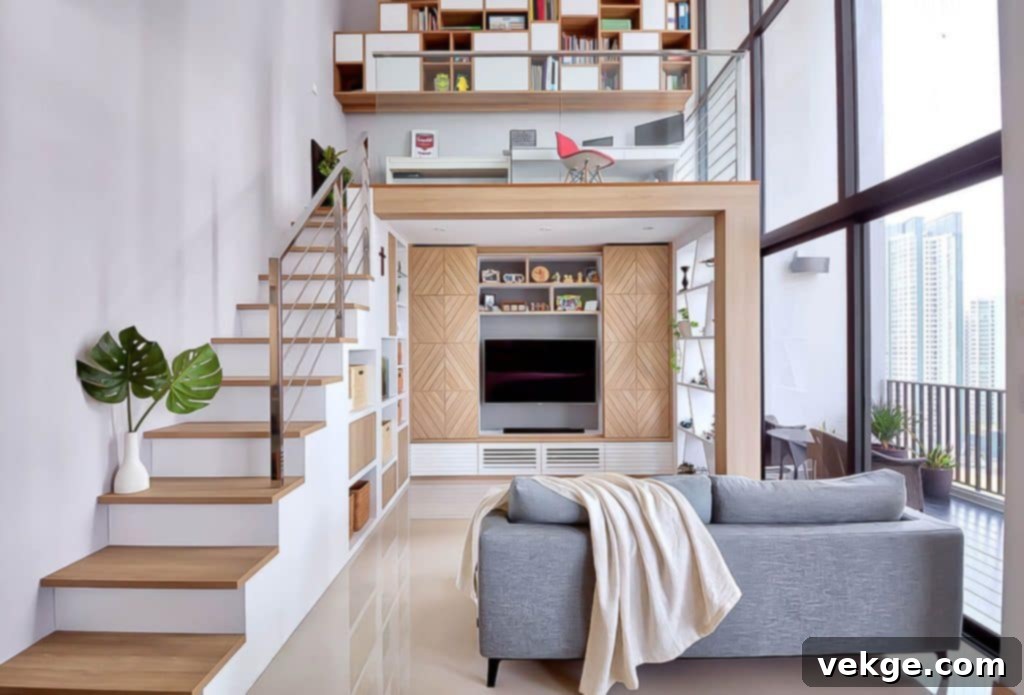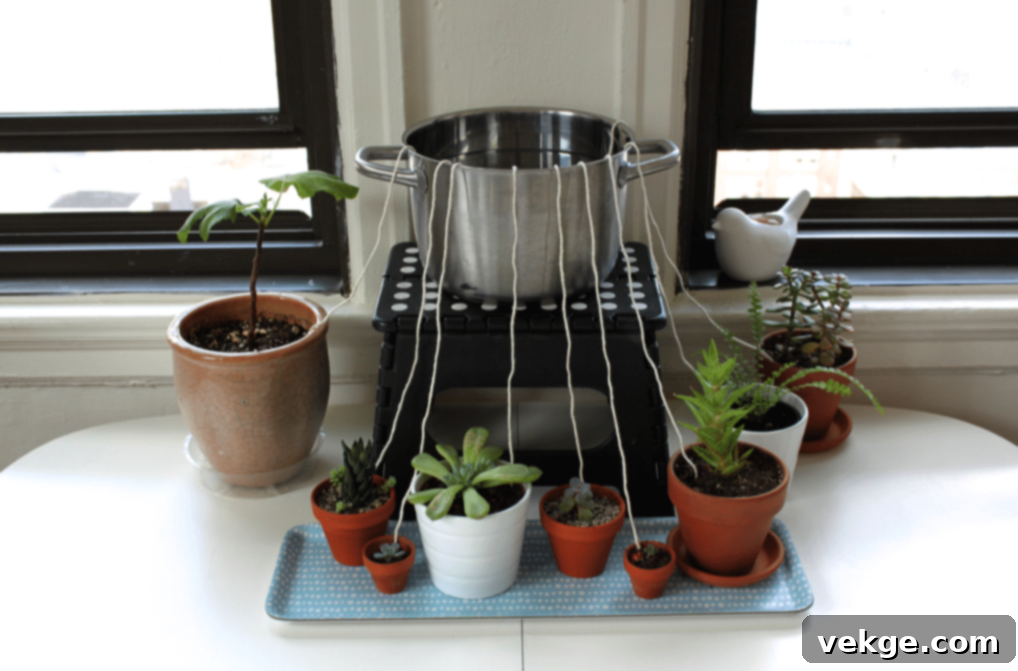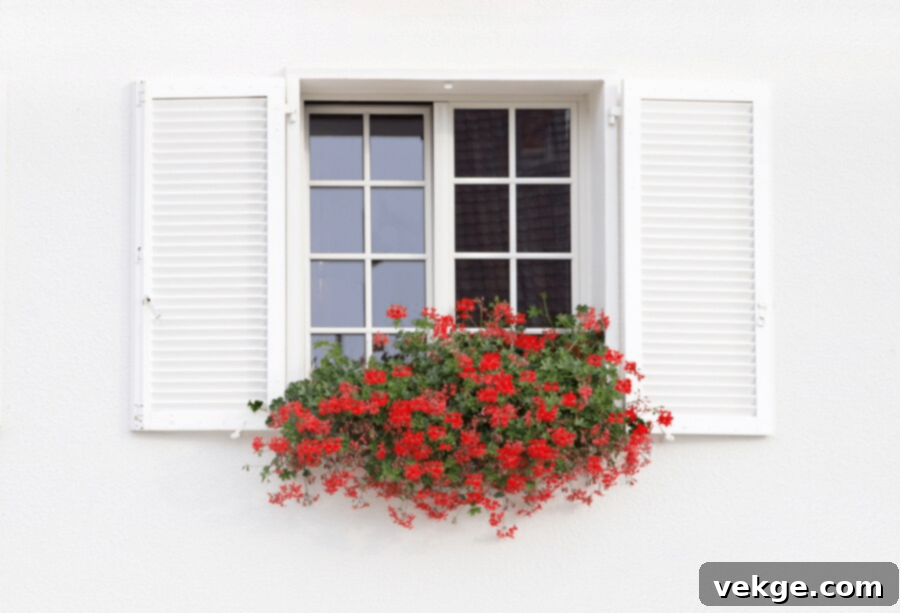Transform Your Small Space: The Ultimate Guide to Stunning Window Flower Boxes & Windowsill Gardens
Even the smallest areas of your home hold immense potential for beauty and vitality. Transforming these modest corners can feel like a challenge, but with the right approach, window flower boxes can profoundly elevate your home’s aesthetic, ambiance, and overall interior design. By making strategic plant choices and utilizing innovative gardening techniques, you can turn even the tiniest nooks into lush, vibrant gardens, breathing life into your living space and connecting you with nature.
Imagine waking up to a burst of color or stepping into your kitchen to pluck fresh herbs just inches away. This dream is entirely achievable, regardless of your gardening experience. Whether you’re a seasoned green thumb or just starting to cultivate your love for plants, this comprehensive guide will equip you with practical tips and creative ideas to bring your dream windowsill garden to life. Get ready to discover how to maximize space, select the perfect plants, and maintain a flourishing garden with minimal effort.
Maximize Vertical Space with Tiered Designs for a Bountiful Display

Vertical gardening is a revolutionary concept for urban dwellers and anyone with limited horizontal space. It involves stacking plants in layers, allowing you to cultivate a diverse array of greenery without consuming precious floor or sill area. If your home features a small balcony, a narrow patio, or simply limited window space, this strategy is the perfect solution to optimize every inch, enabling you to enjoy the countless benefits of gardening, from fresh produce to improved air quality and a sense of tranquility.
When embarking on your vertical gardening journey, consider incorporating tiered designs into your window flower boxes. This smart approach allows you to grow several plant types simultaneously, creating a dynamic and visually appealing display. Tiered boxes are incredibly versatile, facilitating the arrangement of plants with varying sizes, growth habits, and sunlight requirements. For instance, you might place sun-loving herbs like basil or rosemary on the top tier, allow trailing vines such as ivy or nasturtiums to cascade elegantly from the middle, and position shade-tolerant blooming flowers like impatiens or violas at the bottom.
Beyond their aesthetic appeal, tiered designs offer practical advantages. They can improve air circulation around plants, reduce the risk of disease, and even aid in water management, as excess water from the top tier can sometimes nourish plants below. This clever arrangement not only creates a captivating botanical spectacle but also maximizes sunlight exposure for all your plants, ensuring each one thrives in its ideal microclimate within the tiered structure. Explore options like stackable planters, wall-mounted tiered shelves, or custom-built solutions to perfectly fit your available space and design preferences.
Choosing the Right Plants for Thriving Window Boxes
The success of your window flower boxes largely hinges on selecting the appropriate plants. Before you even head to the nursery, take a moment to assess the specific conditions of your chosen window. Factors such as the amount of direct sunlight it receives throughout the day (full sun, partial shade, or full shade), local climate considerations, and the size and soil volume of the window boxes you plan to use are crucial. Matching plants to these environmental factors ensures they will flourish, rather than merely survive.
For small to medium window boxes, consider compact, easy-to-maintain varieties that won’t quickly outgrow their space. Popular choices include cheerful pansies and violas, vibrant marigolds, and a variety of petite herbs like chives, thyme, or oregano. These plants generally have shallow root systems and don’t demand extensive soil volume, making them ideal candidates for container gardening. They also offer a fantastic starting point for novice gardeners due to their resilience and forgiving nature.
To infuse your windows with vibrancy and a dynamic visual appeal, always aim for variety. Mix colors, textures, and growth habits to create a captivating composition. Combine “thrillers” (a tall, central plant that adds drama), “fillers” (mound-forming plants that provide body), and “spillers” (trailing plants that cascade over the edge of the box). For example, a tall snapdragon (thriller), surrounded by a vibrant petunia (filler), with a cascading sweet potato vine (spiller) can create a stunning multi-dimensional display. With careful plant selection and thoughtful arrangement, your window boxes can transform mundane areas into eye-catching focal points that enhance your home’s curb appeal and bring joy to your daily life.
Effortless Gardening: Utilizing Self-Watering Systems

For anyone navigating a busy schedule, frequent travel, or simply seeking a more hands-off approach to gardening, self-watering systems are an absolute game-changer. These ingenious systems revolutionize plant care by incorporating a built-in water reservoir that delivers moisture to your plants as needed, effectively mimicking nature’s own irrigation methods. This ensures that your window boxes remain consistently hydrated, providing an optimal growing environment even during scorching summer days or when you’re away from home.
The benefits of self-watering systems are numerous and significant. They are highly effective at preventing the common gardening pitfalls of over- or under-watering, issues that frequently plague small garden spaces due to their limited soil volume and rapid drying out. By providing a steady, consistent supply of water directly to the plant’s roots via capillary action or wicking, these systems promote healthier growth, reduce plant stress, and minimize water wastage. This innovative solution allows you to cultivate a thriving small garden with remarkably minimal effort, freeing up your time while ensuring your plants never go thirsty.
Today, the market offers a wide array of commercial self-watering window boxes and inserts, designed with various aesthetics and functionalities. However, for those who enjoy a DIY challenge, you can also easily create your own cost-effective self-watering solution. This typically involves using two containers (one holding the soil and plant, the other acting as a reservoir), separated by a wicking material (like cotton rope or felt) that draws water up to the soil. With a bit of ingenuity, anyone can implement this efficient watering method and enjoy the peace of mind that comes with consistently hydrated, flourishing window gardens.
Cultivating Year-Round Beauty: Mixing Seasonal and Evergreen Plants
Designing window boxes that remain captivating throughout the year requires a thoughtful blend of seasonal and evergreen plants. This combination ensures that your window garden offers continuous visual interest, providing bursts of color in warmer months and a reassuring presence during colder seasons. Seasonal plants, often annuals like vibrant tulips, cheerful petunias, or delicate impatiens, are spectacular for their intense blooming periods, delivering a powerful splash of color and fragrance during their peak months.
On the other hand, evergreen plants serve as the reliable backbone of your window box display. Varieties like trailing ivy, compact dwarf conifers (e.g., boxwood, juniper), or even certain types of sedum maintain their lush foliage regardless of the season. These resilient plants provide structure, texture, and a consistent green appeal, keeping your window boxes looking attractive and thriving even during the starkness of winter. They offer a sense of permanence and continuity, ensuring your home’s exterior always feels welcoming and alive.
When combining these two types, consider their complementary roles. Use evergreens as a foundational element, creating a consistent backdrop, then intersperse seasonal plants to introduce changing colors and forms. As seasonal plants fade, they can be easily replaced, refreshing the look without disturbing the entire arrangement. If you’re still developing your gardening skills or feeling unsure about which species to combine, seeking advice from a local nursery expert can be incredibly valuable. They can provide personalized suggestions based on your local climate, light conditions, and desired aesthetic, helping you achieve maximum visual effect with minimal maintenance efforts.
Savor the Freshness: Incorporating Edible Plants and Herbs
Transforming your window flower boxes into a functional culinary garden is an incredibly rewarding endeavor. By adding edible plants and herbs, your small space becomes a convenient source of fresh, flavorful ingredients, bringing both beauty and utility right to your fingertips. Imagine the delight of plucking fragrant basil for your pasta, vibrant cilantro for tacos, or refreshing mint for a homemade beverage, all straight from your window as you prepare family meals!
Many popular herbs thrive in confined areas, making them perfect candidates for window boxes. Basil, mint, parsley, chives, oregano, thyme, and rosemary are not only easy to grow in containers but also offer a continuous supply of culinary delights. Beyond herbs, you can also explore various compact vegetable varieties to create your own mini veggie patch on your windows. Small fruiting plants like cherry tomatoes (bush varieties), tiny peppers, radishes, or even lettuce greens are well-suited for window box environments, provided they receive adequate sunlight and proper care.
When growing edibles, pay close attention to the soil quality, ensuring it’s rich in nutrients and drains well. Use a good quality potting mix specifically formulated for containers. Many edible plants, especially those that produce fruit or leaves frequently, are heavy feeders and will benefit from regular fertilization. Harvesting frequently also encourages more growth, ensuring a continuous supply. By integrating these delicious options, your window boxes become more than just decorative elements; they become a vibrant, living pantry that enhances your cooking and connects you directly to the source of your food.
Nurturing Wellness: Understanding the Properties of Each Plant for a Healing Garden
Creating a healing garden in your window boxes is an enriching way to infuse your small space with both natural beauty and profound functionality. Beyond their aesthetic appeal, many plants possess unique properties that can contribute to your physical and mental well-being. By thoughtfully selecting these beneficial botanical allies, you can cultivate an oasis of calm and health right outside your window. Here are some of the best healing plants to consider for your window boxes, each offering distinct advantages:
- Lavender: Renowned for its soothing scent, lavender is a powerful natural remedy for stress, anxiety, and sleeplessness. Its beautiful purple blooms also attract pollinators.
- Lemongrass: This aromatic grass acts as an excellent natural mosquito repellent, making your window area more enjoyable, especially during warmer evenings. It’s also used in culinary applications and teas.
- Aloe Vera: A true powerhouse for skin health, aloe vera gel offers remarkable healing properties for minor burns, cuts, insect bites, and various skin irritations. It’s a succulent that requires minimal watering.
- Basil: Beyond its culinary uses, basil is known to improve air quality by absorbing carbon dioxide and releasing oxygen. Its fresh aroma can also uplift mood.
- Peppermint: A fantastic aid in digestion and relief from nausea, peppermint’s invigorating scent can also deter common household pests like rodents and ants.
- Chrysanthemums: These cheerful flowers are not just decorative; they are known to act as natural insecticides, effectively keeping insects like ants, roaches, and silverfish at bay.
- Rosemary: This fragrant herb is celebrated for its ability to enhance memory, concentration, and overall cognitive function. Its woody aroma is stimulating and refreshing.
- Calendula: Often called “pot marigold,” calendula boasts impressive antifungal, antibacterial, and anti-inflammatory properties, making it incredibly useful in skin treatments and wound healing.
- Eucalyptus: The distinctive scent of eucalyptus is well-known for clearing respiratory pathways, making it beneficial for colds and congestion. It also acts as an insect repellent.
- Catnip: While famously relaxing for cats, catnip also has a calming effect on humans and is an effective natural repellent for mosquitoes and ticks.
Incorporating these plants into your window boxes allows you to harness nature’s pharmacy, creating a personal sanctuary that nurtures both your garden and your well-being.
Designing for Elevated Aesthetic Appeal: Beyond the Greenery
While the plants themselves are the stars of your window boxes, the design elements surrounding them play a crucial role in the overall aesthetic appeal. Thoughtful design can transform a simple arrangement into a captivating focal point that complements your home’s architecture and your personal style.
Consider the principles of color theory. You can choose complementary colors (like purple and yellow) for a vibrant, energetic look, or analogous colors (like blues and greens) for a harmonious, soothing effect. Don’t forget the power of texture and form; mix delicate ferns with broad-leaved hostas, or upright spires with cascading vines to create visual depth and interest. Symmetry can provide a classic, formal look, while asymmetry offers a more dynamic, natural feel.
The material of your window box itself is also a significant design factor. Wooden boxes offer a rustic, natural charm, while metal or composite materials can lend a sleek, modern touch. Terracotta or ceramic boxes bring an earthy, traditional feel. Ensure the material chosen not only fits your aesthetic but also provides adequate drainage and is suitable for your climate conditions. By paying attention to these design nuances, your window boxes will become integrated works of art, enhancing your home’s exterior beauty.
Essential Maintenance Tips for Thriving Window Box Gardens
While window boxes are designed for small spaces and often lower maintenance, a few routine practices will ensure your plants remain healthy and vibrant throughout the seasons. Consistent care is key to a flourishing display.
Even with self-watering systems, monitoring moisture levels is important, especially during extreme heat or prolonged dry spells; occasional top-ups or manual watering may be necessary. Fertilization is crucial, as container plants quickly deplete soil nutrients. Use a balanced liquid fertilizer every two to four weeks, or incorporate slow-release granular fertilizers at the beginning of the growing season. Regular deadheading (removing spent flowers) will encourage more blooms and keep your plants looking tidy. Pruning leggy growth will maintain shape and promote bushier, healthier plants.
Keep a watchful eye for pests and diseases. Early detection is vital for effective management; often, a strong spray of water or an organic insecticidal soap can solve common issues. For winter, depending on your climate, you may need to bring tender plants indoors, or choose hardy evergreens and add festive decorations to maintain interest. Refreshing the soil annually or biennially will rejuvenate your plants and provide them with fresh nutrients. By dedicating a little time to these maintenance tasks, your window boxes will reward you with continuous beauty and a thriving garden.
Finding Inspiration and Embarking on Your Dream Windowsill Garden Journey
The journey to creating your dream windowsill garden begins with inspiration, and thankfully, resources are abundant. Platforms like Pinterest and Instagram are treasure troves of user-generated ideas and designs, offering a visual feast tailored to every aesthetic and small space configuration. Browse through countless examples, save your favorite concepts, and let your creativity take root.
Beyond online platforms, don’t underestimate the wealth of knowledge available in your community. Local nurseries and garden centers are fantastic resources, staffed by experts who can provide personalized advice on plant selection, soil requirements, and local climate challenges. Online gardening communities, forums, and social media groups also offer endless tips, tricks, and support from fellow enthusiasts, making the entire process much more accessible and enjoyable. Consider visiting botanical gardens or local open gardens for real-world inspiration and to see how different plants thrive in various settings.
Remember, gardening is a continuous learning process. Start small, experiment with different plants, and don’t be afraid to make mistakes. Each success and challenge will teach you valuable lessons, helping you hone your green fingers. The joy and satisfaction of nurturing a living space, watching your plants grow, and creating a beautiful, vibrant oasis right outside your window are incredibly rewarding. So, take that first step – gather your ideas, choose your first plants, and begin cultivating your very own stunning window flower boxes. Your home, and your spirit, will thank you for it.
